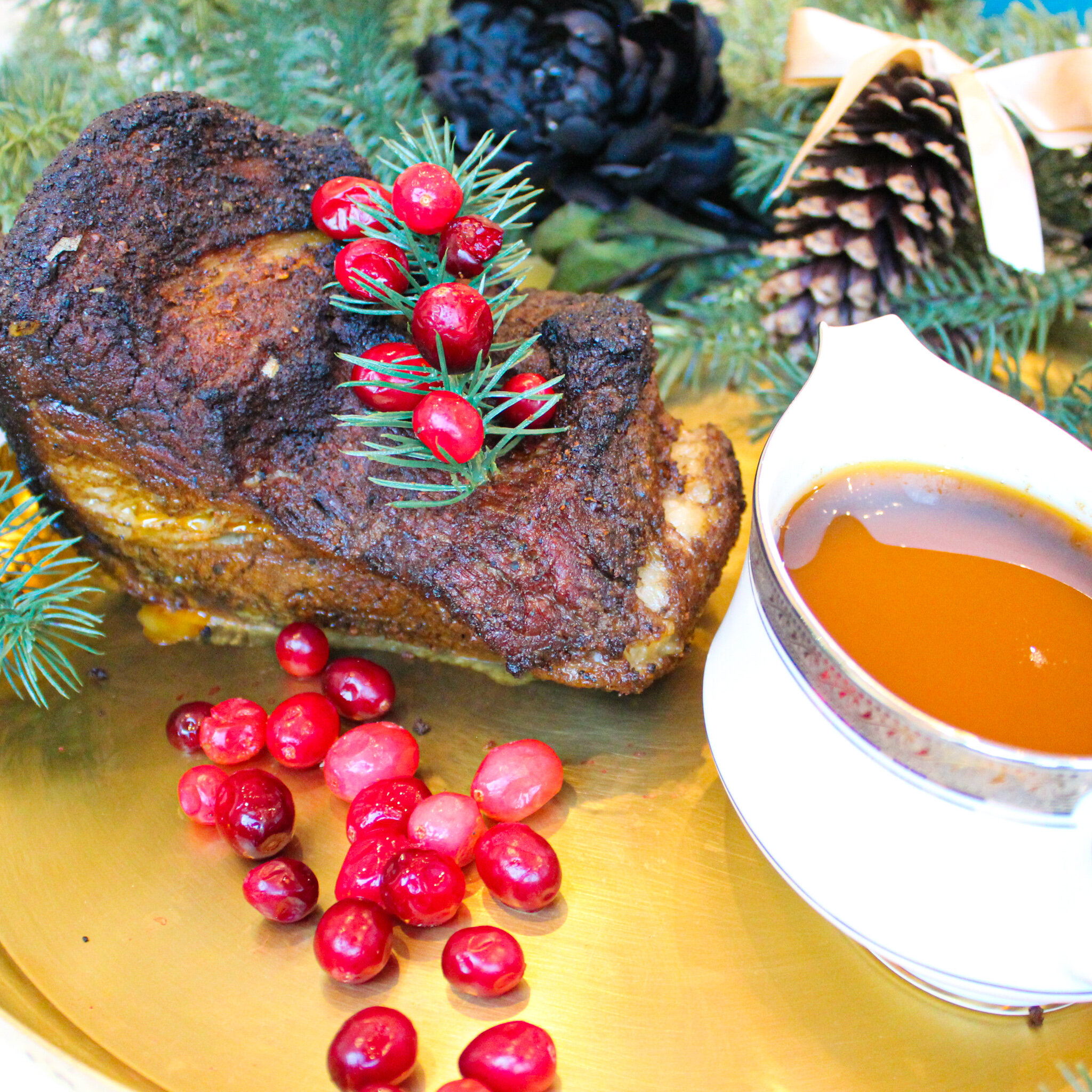In the US, we count on schools to provide accessible, nutritious meals for our kids. In many cases, the meals children eat at school account for half of their caloric intake each day. For children living in income households that face food insecurity, school meals are seen as “a nutritional safety net.” This underscores two critical things: the role school lunches play in a child’s health and development, and our need—as parents and guardians—to ensure the food served is nutritious and accessible.
We can do better with our children. I believe there is a healthier approach within reach, if we’re willing to move away from the entrenched norms, buck the system, and start from scratch.
The Healthiest Head Start
Before looking at the solutions, it’s important to see school lunches for what they are. Many see the meals provided to children as a given in exchange for paying taxes or tuition. But what is the quality? Research over the past two decades shows that cafeteria meals to be high in sodium and processed foods, which means they fall short of feeding our children in the most life-affirming ways possible. It’s important to note that children are in an unfair position. Obesity affects approximately 13.7 million children and adolescents ages 2-19 in the US, and its prevalence is greatly affected by socioeconomic status.
While various pieces of legislation have passed to ensure children receive higher quality meals with more vegetables (a great deal of effort was made by First Lady Michelle Obama), these intentions still fall short, which means it can’t be left to our government to solve the issue. We need to step in.
A High-Profile Advocate Kick-Starts the Conversation
You may remember Jamie Oliver’s Food Revolution, the series that chronicled the celebrity British chef’s campaign to take on heart disease, diabetes, and other weight-related diseases in the US and UK by starting with the way our kids eat. In Season 1, which aired in 2010, Oliver focused his efforts on Huntington, West Virginia, statistically one of the unhealthiest cities in the US. The popular chef and health campaigner sought to make strides in the school meal systems in West Virginia, changing minds and transforming menus in a predominantly feel-good experiment in rural America.
In its second season in 2011, Oliver brought his crusade to Los Angeles, home to the second largest school system in the country. Unlike In West Virginia, here he faced pushback. The Los Angeles Unified School District board of education refused to allow Oliver to film in schools and his subsequent attempts to circumvent their decisions in creative ways. The Los Angeles Times reported the drama centered around school district officials’ fears that the series wouldn’t paint the districts’ prior efforts in a positive light. As quoted in the article, “There certainly was drama and conflict in Huntington as Oliver cajoled cafeteria workers and met with families to try to reform eating habits.,” said district spokesman Jedd Flowers.”
After two episodes, the second season ended abruptly, as did the chance to expose viewers to the changes that could be made possible in our country’s school systems’ meal programs.
Setting the Table for Future Generations’ Success
While Food Revolution fell short of its promises, what lessons can public school systems learn from these game-changing attempts? I believe a lot—as well as a great deal of inspiration.
Here are a few promising case studies that represent programs enacted in schools across the nation, both private and public. Each of these programs has committed to changes ranging from small updates to complete overhauls, but all are headed in the right direction to make a real difference in a child’s health and success.
Hilary Boynton at Manzanita School
One of my most important missions with PrimaFoodie is helping parents educate their children about the food they eat. Kids are powerful advocates; by involving them in these daily decisions, they become more engaged and empowered. Hilary Boynton, a certified holistic health counselor, cook, and author, believes this. A mother of five, Boynton was dissatisfied with the quality of lunches her kids received at their local school in Southern California. She refused to accept the status quo and eventually took over the lunch program at Manzanita School, working hand-in-hand with local farmers and food producers to create affordable, nutrient-rich meals every day. Boynton shares her extensive nutritional knowledge with parents, educators, and home chefs through her Lunch Leader Training Academy, a week-long intensive retreat that offers hands-on strategies for cultivating a healthier approach to nourishing families and communities.
Food2You
Starting with locally sourced, seasonal ingredients, the Chicago-based catering and food service management company Food2You feeds children in daycare centers throughout the city and suburbs. Founded by Chicago native Gregory Ingles in 2005, Food2You specializes in nutritionist-approved breakfast, lunch, and snack meal plans that exceed all Federal and Illinois State Board of Education guidelines, as well as those in the Child and Adult Care Food Program and the National School Lunch Program and School Breakfast Program. Executive Chef Charles Jones and his team craft delicious dishes that kids actually enjoy eating. Food2You works in tandem with the Partnership for a Healthier America, supporting the organization’s Shaping Early Palates initiative. The goal of this ambitious program is to create options to help parents raise veggie lovers by cultivating healthy palates and creating a lifelong desire for nutrient-rich foods — especially vegetables — among children.
Project Bread’s Chefs in Schools
Project Bread is an anti-hunger organization that connects communities to stable food sources and advocates for policies that make food more accessible. The program’s innovative Chefs in Schools initiative highlights the importance of food education. The program, which launched in 2006, partners chef educators with school cafeteria staff to boost menus and provide food choices that are more nutritious, appealing, and culturally appropriate.
Corry Area Primary School
In a dynamic demonstration of what is possible when school administrations collaborate with private health-focused organizations, Corry Area Primary School in Erie, Pennsylvania, was named one of the nation’s first Blue Zones Project Approved schools. Stemming from the influential New York Times bestseller The Blue Zones: Lessons for Living Longer from the People Who’ve Lived the Longest by National Geographic Fellow Dan Buettner, the Blue Zones Project aims to improve health and wellbeing by making healthier choices easier and more accessible for everyone. As part of a larger, community-wide initiative, school officials collaborated with Blue Zones Project experts to implement the essential elements that make up a Blue Zone: nutrition education, increased physical activity, and more mindful choices incorporated into each day.
The Case for Doing Better
Revamping school meal programs can seem like an overwhelming (perhaps impossible) task, especially during a time of great need in our nation. But it is one of the most critical issues we need to face. Research conducted by the School Nutrition Association summarizes what’s at stake: “Balanced nutrition throughout the day contributes to student success in and out of the classroom. Research demonstrates that school meal programs play an important role in supporting obesity prevention, overall student health and academic achievement by improving children’s diets and combating hunger.”
Here are ways you can make a difference in your children’s food choices and your area’s school meal programs:
Start early at home. Create connections between your children and the foods they eat. You can make this fun—bring your kids to your local farmers’ market and grocery store, have them help you with meal preparation in the kitchen, and encourage the development of their palates as soon as they start eating solids (and even sooner through the mother’s in utero diet) with a wide variety of healthy options.
Don’t be afraid to ask questions of your school’s administration. Short of complete overhauls, what easy, affordable solutions exist to make the meal programs at your children’s school healthier? Can you, as a parent, become more involved in proactive, productive ways?
Think outside the (lunch) box: What resources are available in your community? Are there like-minded local chefs, farmers, food producers, and food service organizations whose products and services you could tap into? Are there government programs or other grants that could help improve the quality of your school’s meal programs?
The chances of schools adopting changes are much higher if you make it easy for them to adapt. Start by demonstrating the problem, then present them with viable solutions. As parents and community members, we can all do better, and those steps start with us. Our kids are counting on us.























